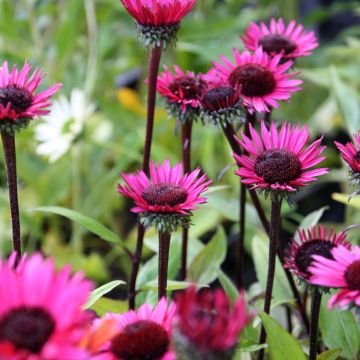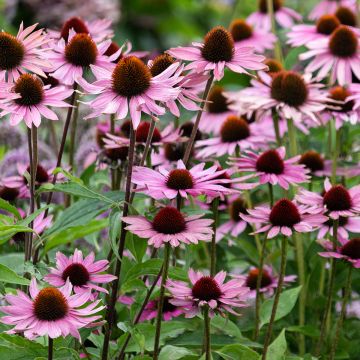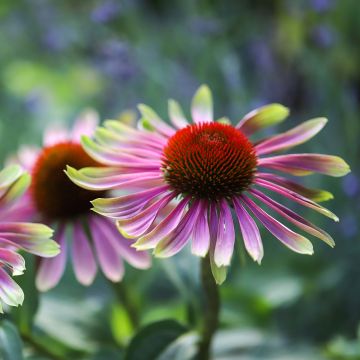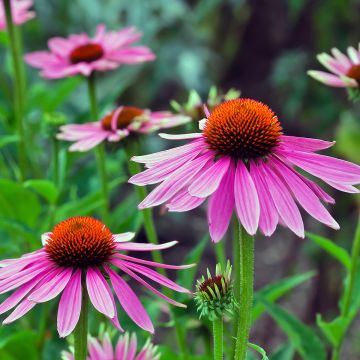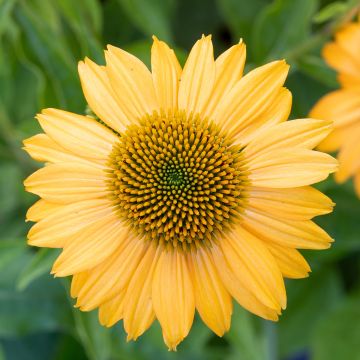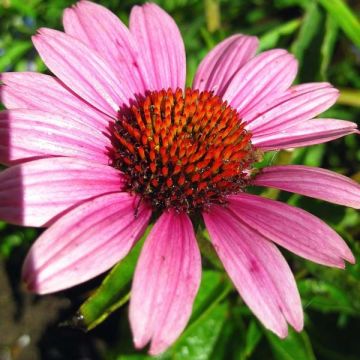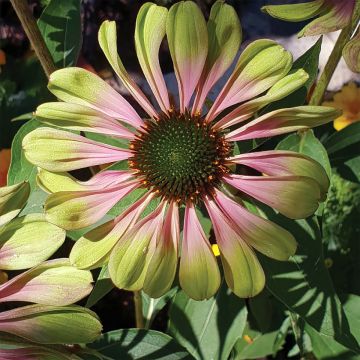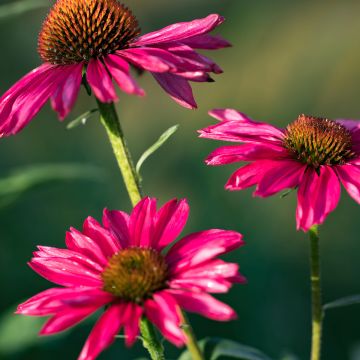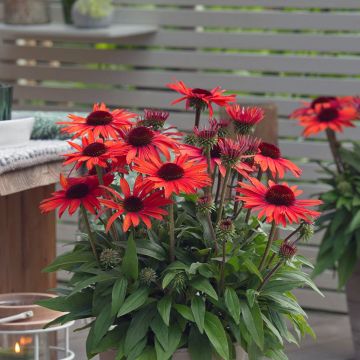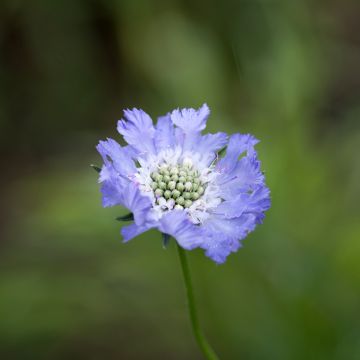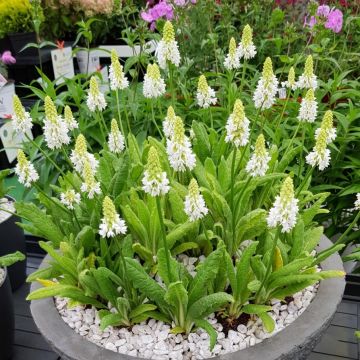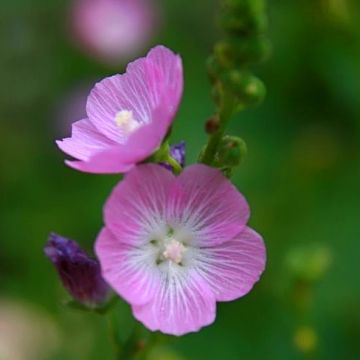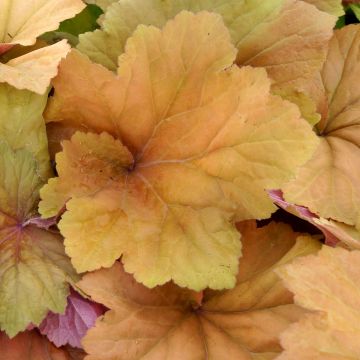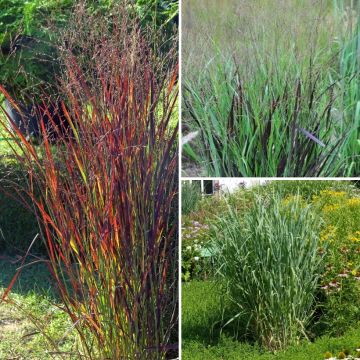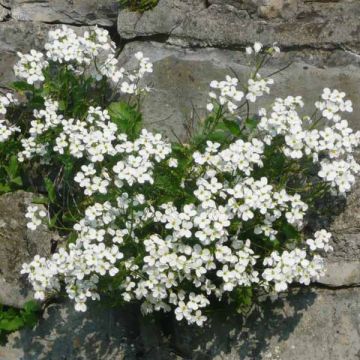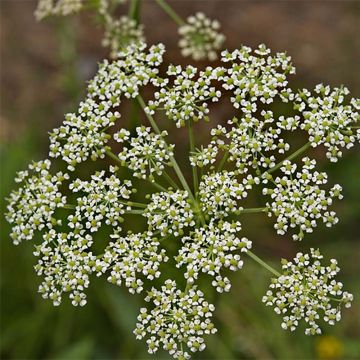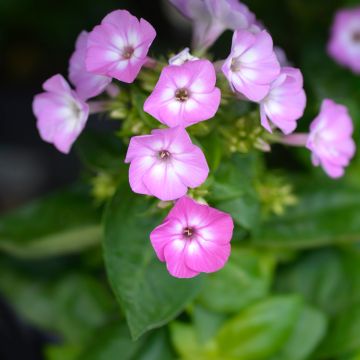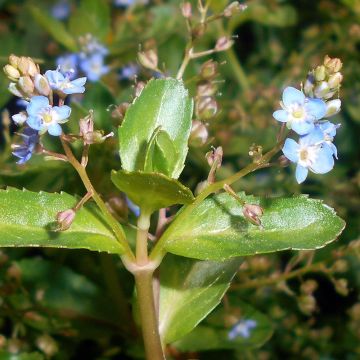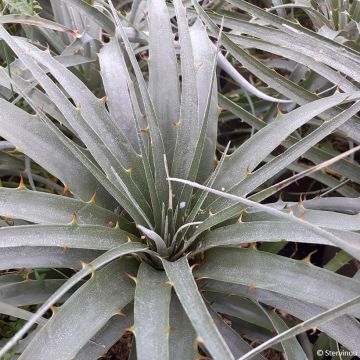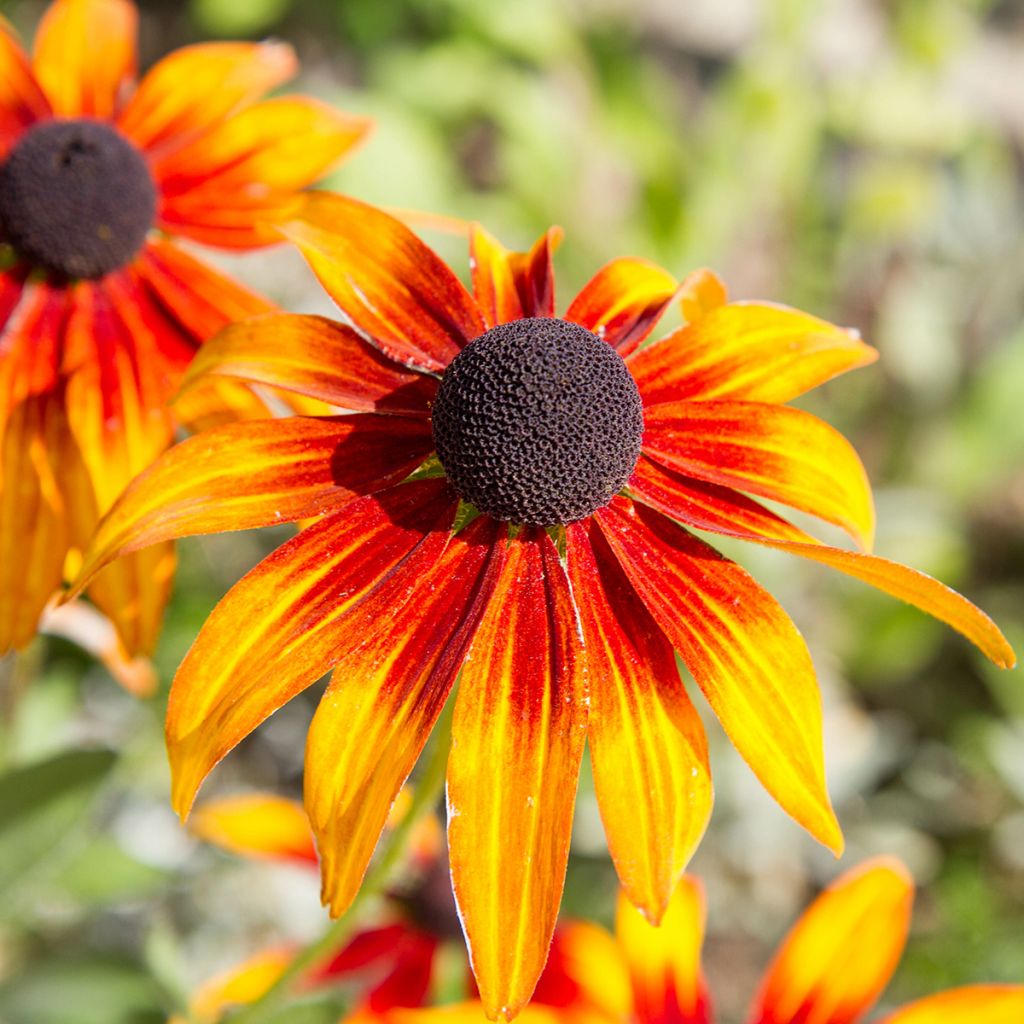

Echinacea Funky Yellow - Purple Coneflower
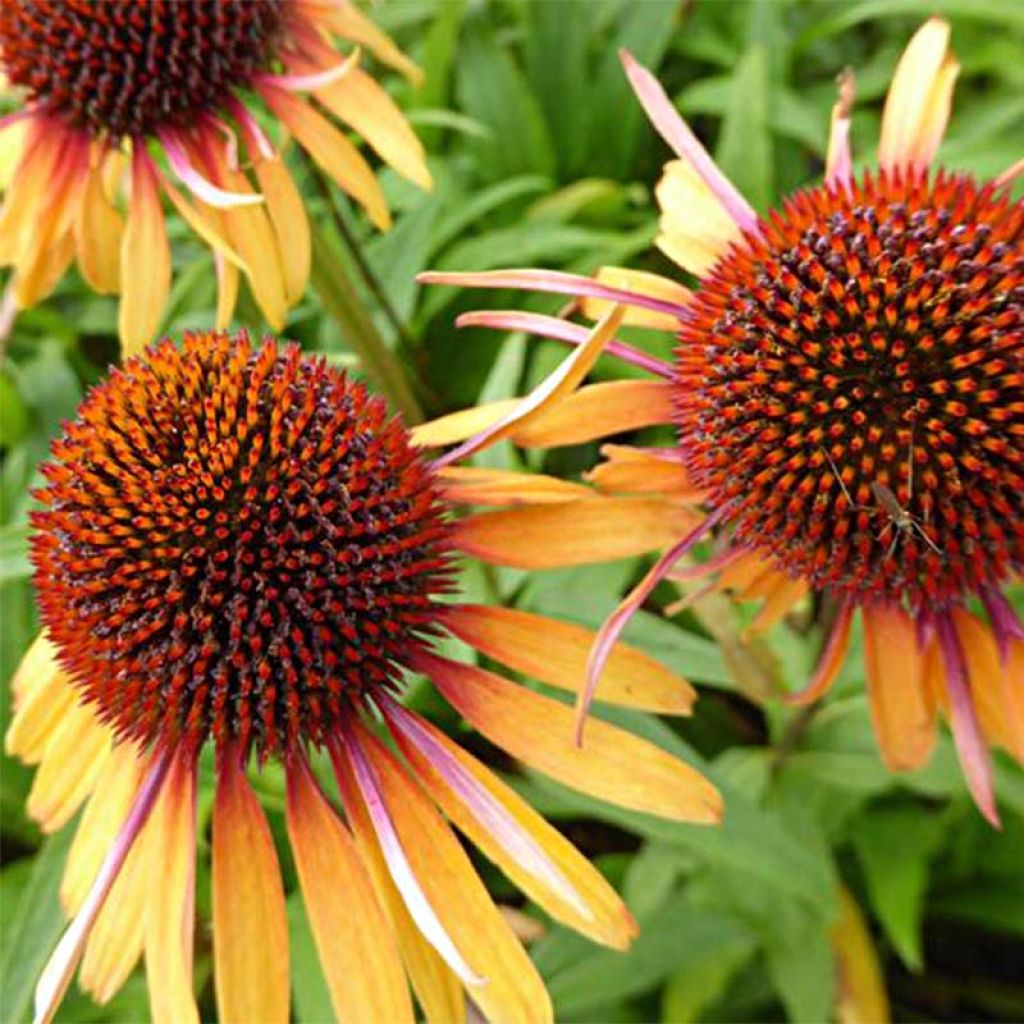

Echinacea Funky Yellow - Purple Coneflower
Echinacea Funky Yellow - Purple Coneflower
Echinacea purpurea Funky Yellow
Purple Coneflower, Eastern Purple Coneflower
This item cannot be shipped to the selected country
Delivery charge from €5.90
More information
Schedule delivery date,
and select date in basket
This plant carries a 12 months recovery warranty
More information
We guarantee the quality of our plants for a full growing cycle, and will replace at our expense any plant that fails to recover under normal climatic and planting conditions.
From €5.90 for pickup delivery and €6.90 for home delivery
Express home delivery from €8.90.
Does this plant fit my garden?
Set up your Plantfit profile →
Description
Echinacea 'Funky Yellow' is a brand new variety derived from Echinacea purpurea. Vigorous, floriferous, and resistant, it stands out with its unusual and vibrant bicolour flowering in red and gold. The flower displays a garnish of thread-like and upright petals in a harmonious mix of colours around a prominent central cone, creating a striking visual effect. This echinacea is a generous plant that will flower from summer until the first frost in sunny flowerbeds. It adapts to challenging conditions, tolerating occasional intense heat, humidity, and drought. Echinacea is useful for birds and pollinators and has its rightful place in a nature garden.
Native to the western United States, from Georgia to Michigan through Oklahoma and Ohio, Echinacea is a perennial with a strong character that confidently colonizes rocky meadows, savannas, clear undergrowth, and roadside edges in its natural habitat.
'Funky Yellow' brings something new to this intrepid pioneer: a crown of small upright petals around the central cone. This vigorous plant has a bushy tufted habit, reaching 75 cm (30in) high and 40-45 cm (16-18in) wide. Its upright, rigid, and rough stems bear opposite deciduous lanceolate green leaves covered in rough hairs. The flowering period extends from July to September-October, accompanying all the summer flowers and is loved by butterflies. The unbranched stems are each topped by a solitary 6-7 cm (2-3in) diameter head with a large and prominent central disc, initially olive green then brown-red. This central cone is surrounded by a row of short and thin upright ligules or petals, red with yellow reverses, then a second row of much larger drooping ligules, yellow with a red base. The fruit is an achene that releases seeds which are eagerly consumed by birds. This plant firmly and deeply anchors itself in the soil with its highly developed root system.
'Funky Yellow' Echinacea, with its long and somewhat psychedelic flowering, will bring a lot of dynamism and originality to sunny flowerbeds. Very easy to grow in ordinary soil, it also thrives in containers. It mixes well with other echinaceas (Eccentric, Green Jewel), as well as yarrows, small daisies ('Engelina', 'Princesse d'argent'), echinops, and heleniums in warm colours. Lighten the scene by adding some ornamental grasses such as Stipa tenuifolia, Muhlenbergia capillaris, Pennisetum orientale Karley Rose... The beautiful flowers of the 'Funky Yellow' purple echinacea are also very attractive in fresh or dried flower arrangements.
Properties: In homoeopathy, its root is used to fight against colds and strengthen the immune system. These properties were first used by Native Americans. The name Echinacea comes from the Greek echinos, which means "hedgehog-like," and acea, which means "having the shape of," alluding to the flower heads. Purpurea means "purple."
Report an error about the product description
Echinacea Funky Yellow - Purple Coneflower in pictures
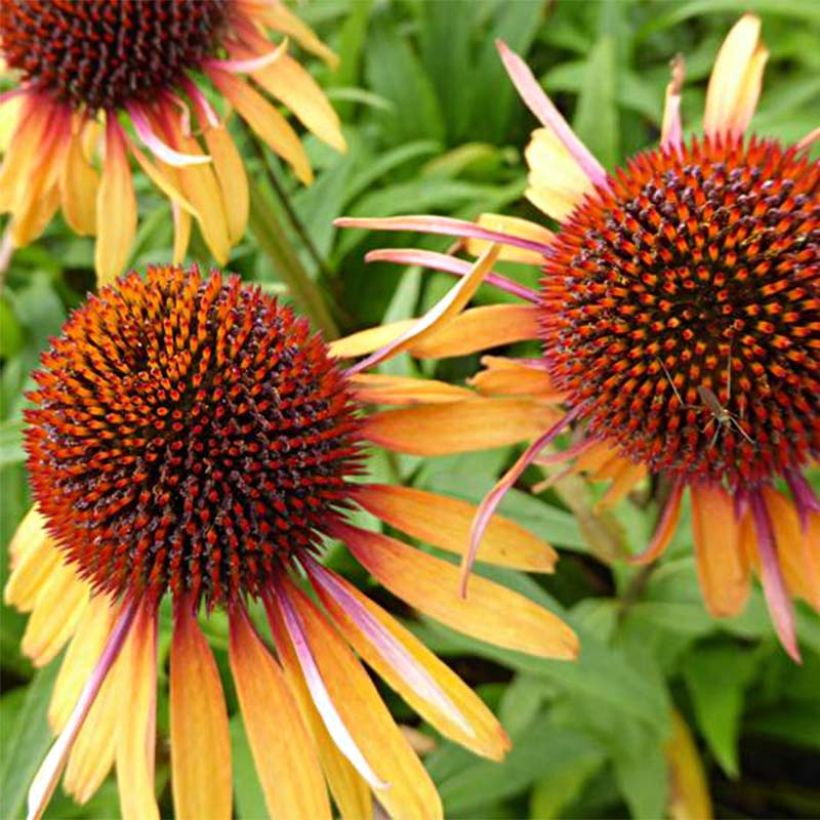

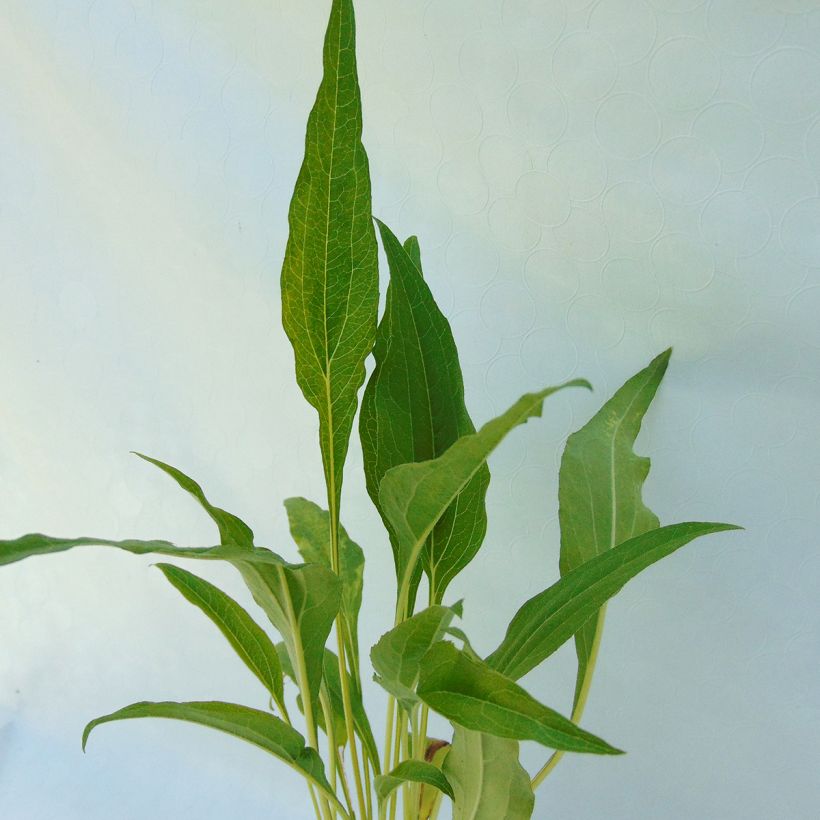

Flowering
Foliage
Plant habit
Botanical data
Echinacea
purpurea
Funky Yellow
Asteraceae
Purple Coneflower, Eastern Purple Coneflower
Cultivar or hybrid
Other Echinacea - Coneflower
Planting and care
Echinacea takes time to establish itself and its growth is rather slow. But once in place, it requires no particular care and is resistant to pests and diseases. It is best planted in spring, in a sunny location, in a mix of potting soil and garden soil. The soil should be deep and loose to accommodate its root system. Mulch the base in May to keep it moist in summer and support its flowering. Remove faded flowers as they appear. Although it tolerates dry soils once established, it dislikes drought during the flowering period.
Planting period
Intended location
Care
-
, onOrder confirmed
Reply from on Promesse de fleurs
Summer flowering perennials
Haven't found what you were looking for?
Hardiness is the lowest winter temperature a plant can endure without suffering serious damage or even dying. However, hardiness is affected by location (a sheltered area, such as a patio), protection (winter cover) and soil type (hardiness is improved by well-drained soil).

Photo Sharing Terms & Conditions
In order to encourage gardeners to interact and share their experiences, Promesse de fleurs offers various media enabling content to be uploaded onto its Site - in particular via the ‘Photo sharing’ module.
The User agrees to refrain from:
- Posting any content that is illegal, prejudicial, insulting, racist, inciteful to hatred, revisionist, contrary to public decency, that infringes on privacy or on the privacy rights of third parties, in particular the publicity rights of persons and goods, intellectual property rights, or the right to privacy.
- Submitting content on behalf of a third party;
- Impersonate the identity of a third party and/or publish any personal information about a third party;
In general, the User undertakes to refrain from any unethical behaviour.
All Content (in particular text, comments, files, images, photos, videos, creative works, etc.), which may be subject to property or intellectual property rights, image or other private rights, shall remain the property of the User, subject to the limited rights granted by the terms of the licence granted by Promesse de fleurs as stated below. Users are at liberty to publish or not to publish such Content on the Site, notably via the ‘Photo Sharing’ facility, and accept that this Content shall be made public and freely accessible, notably on the Internet.
Users further acknowledge, undertake to have ,and guarantee that they hold all necessary rights and permissions to publish such material on the Site, in particular with regard to the legislation in force pertaining to any privacy, property, intellectual property, image, or contractual rights, or rights of any other nature. By publishing such Content on the Site, Users acknowledge accepting full liability as publishers of the Content within the meaning of the law, and grant Promesse de fleurs, free of charge, an inclusive, worldwide licence for the said Content for the entire duration of its publication, including all reproduction, representation, up/downloading, displaying, performing, transmission, and storage rights.
Users also grant permission for their name to be linked to the Content and accept that this link may not always be made available.
By engaging in posting material, Users consent to their Content becoming automatically accessible on the Internet, in particular on other sites and/or blogs and/or web pages of the Promesse de fleurs site, including in particular social pages and the Promesse de fleurs catalogue.
Users may secure the removal of entrusted content free of charge by issuing a simple request via our contact form.
The flowering period indicated on our website applies to countries and regions located in USDA zone 8 (France, the United Kingdom, Ireland, the Netherlands, etc.)
It will vary according to where you live:
- In zones 9 to 10 (Italy, Spain, Greece, etc.), flowering will occur about 2 to 4 weeks earlier.
- In zones 6 to 7 (Germany, Poland, Slovenia, and lower mountainous regions), flowering will be delayed by 2 to 3 weeks.
- In zone 5 (Central Europe, Scandinavia), blooming will be delayed by 3 to 5 weeks.
In temperate climates, pruning of spring-flowering shrubs (forsythia, spireas, etc.) should be done just after flowering.
Pruning of summer-flowering shrubs (Indian Lilac, Perovskia, etc.) can be done in winter or spring.
In cold regions as well as with frost-sensitive plants, avoid pruning too early when severe frosts may still occur.
The planting period indicated on our website applies to countries and regions located in USDA zone 8 (France, United Kingdom, Ireland, Netherlands).
It will vary according to where you live:
- In Mediterranean zones (Marseille, Madrid, Milan, etc.), autumn and winter are the best planting periods.
- In continental zones (Strasbourg, Munich, Vienna, etc.), delay planting by 2 to 3 weeks in spring and bring it forward by 2 to 4 weeks in autumn.
- In mountainous regions (the Alps, Pyrenees, Carpathians, etc.), it is best to plant in late spring (May-June) or late summer (August-September).
The harvesting period indicated on our website applies to countries and regions in USDA zone 8 (France, England, Ireland, the Netherlands).
In colder areas (Scandinavia, Poland, Austria...) fruit and vegetable harvests are likely to be delayed by 3-4 weeks.
In warmer areas (Italy, Spain, Greece, etc.), harvesting will probably take place earlier, depending on weather conditions.
The sowing periods indicated on our website apply to countries and regions within USDA Zone 8 (France, UK, Ireland, Netherlands).
In colder areas (Scandinavia, Poland, Austria...), delay any outdoor sowing by 3-4 weeks, or sow under glass.
In warmer climes (Italy, Spain, Greece, etc.), bring outdoor sowing forward by a few weeks.

































